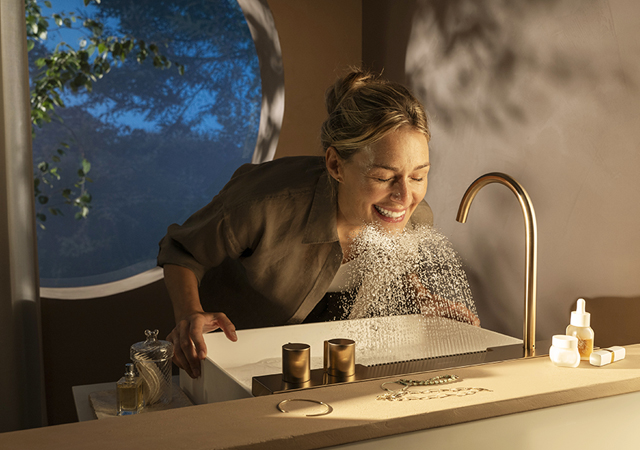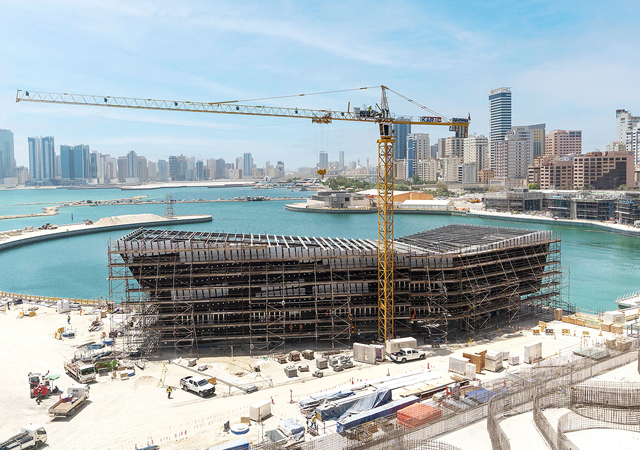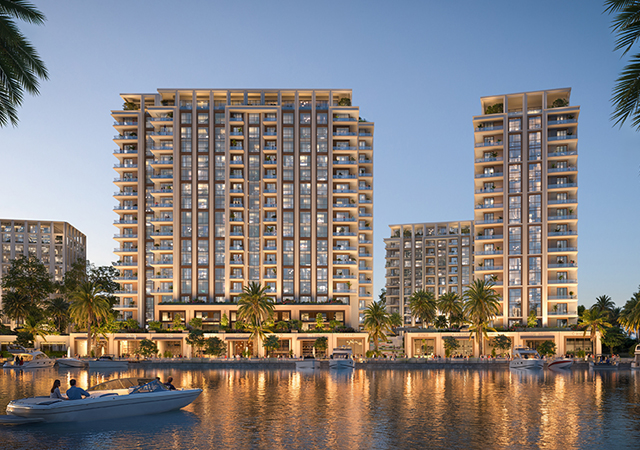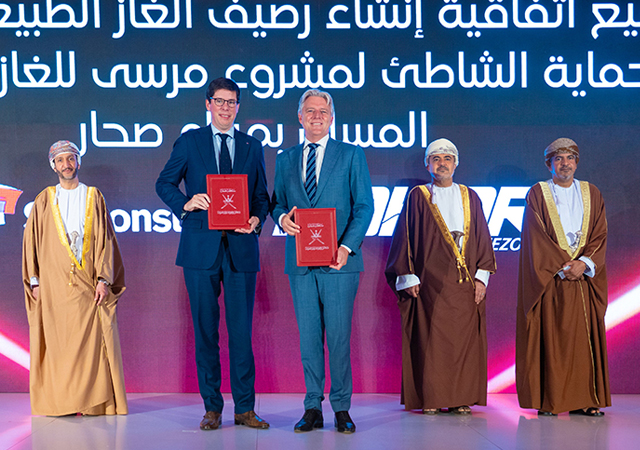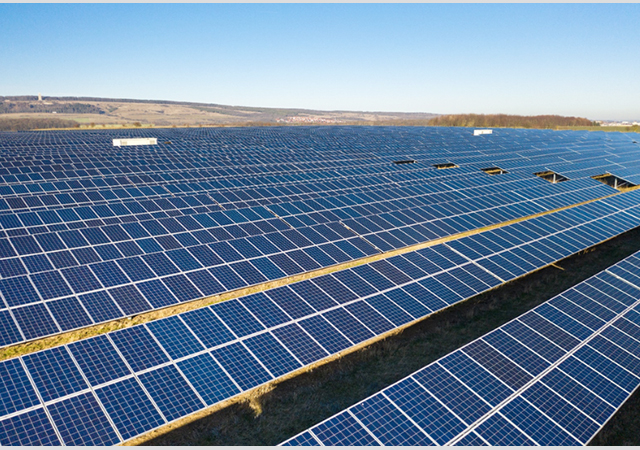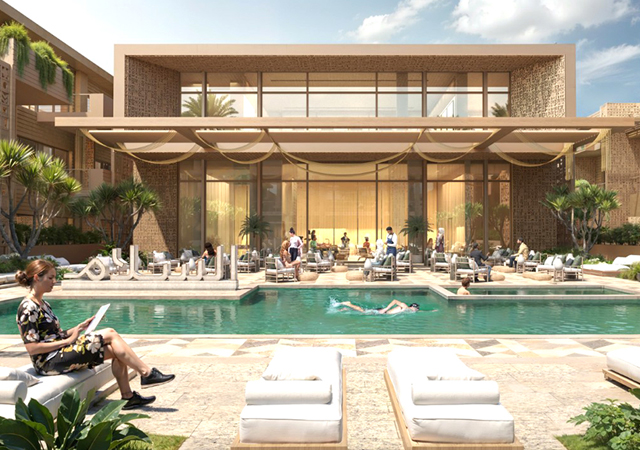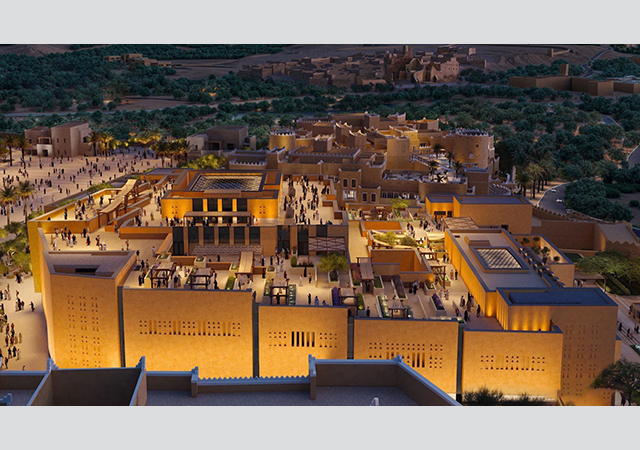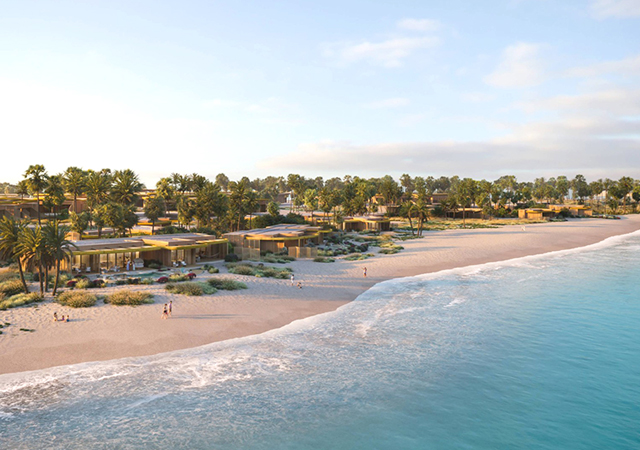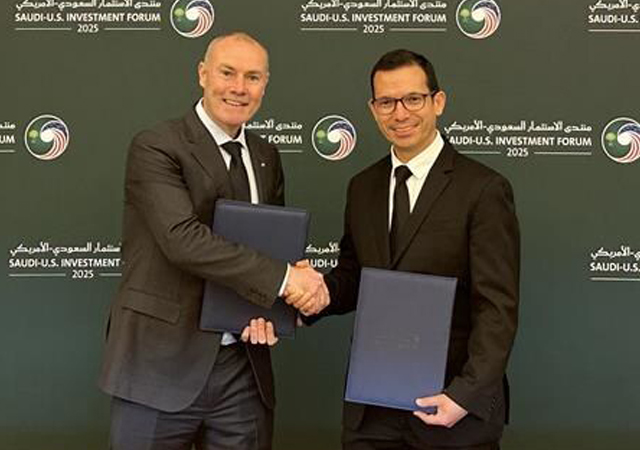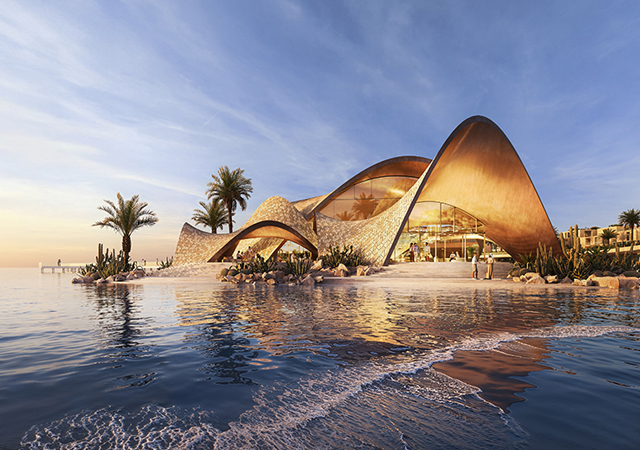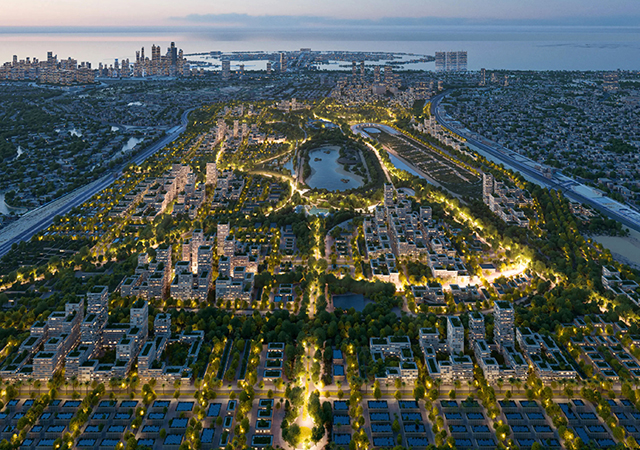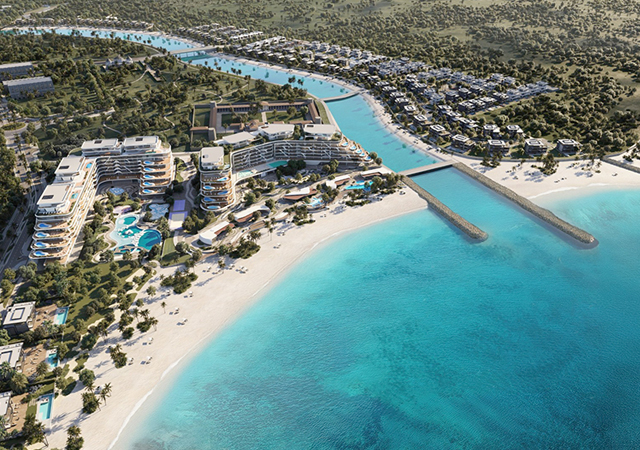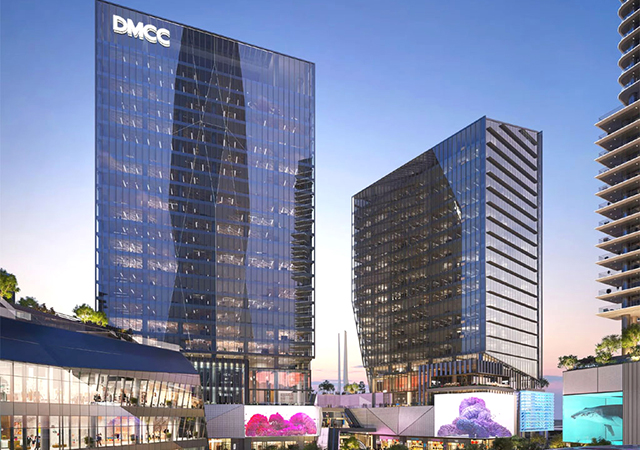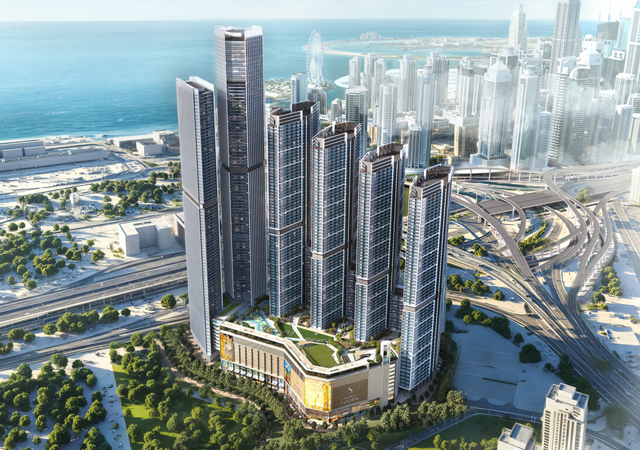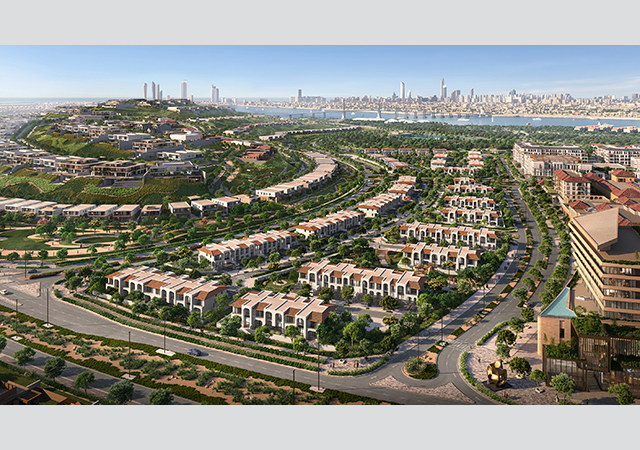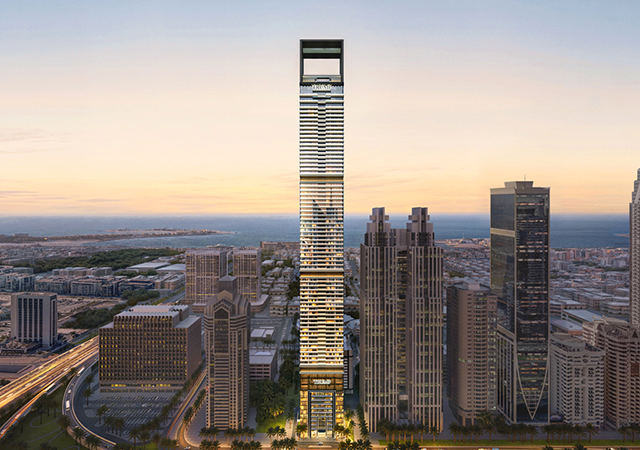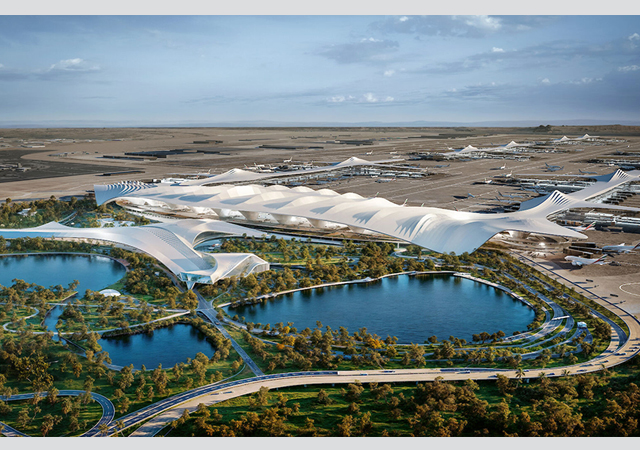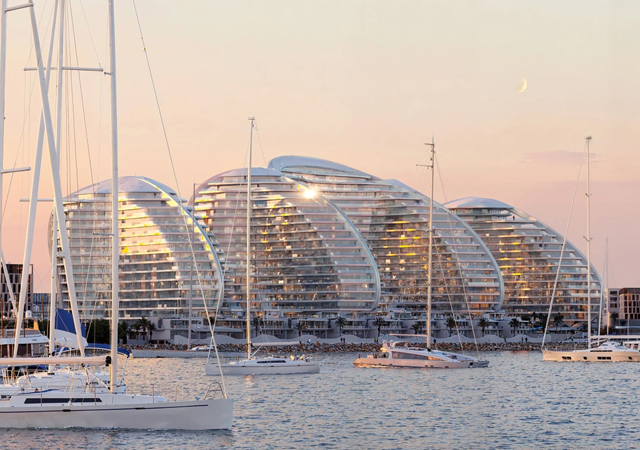
 Insects can cause severe damage to property.
Insects can cause severe damage to property.
Besides termites, several other insects are also known to infest and seriously damage wood, causing considerable damage to property.
These include various bark beetles, powderpost beetles and the round and flat-headed borers that are found alive most frequently in unseasoned wood. The pest management professional is usually most concerned with those insects that damage seasoned lumber. The characteristics of the damage done to wood by these insects are generally sufficient evidence to identify the insects to their family, but positive identification to genus and species, requires examination of the insect itself.
The term powderpost beetle, used in the broad sense, applies to any of three closely related families within the super-family commonly known as Bosttrichoidea. The name is appropriate because the larvae of these beetles reduce timbers to a mass of very fine, powder-like material.
Among the different kinds of insects that attack wood and wood products, the destructiveness of powderpost beetles is second only to that of termites, and results in millions of dollars worth of damage each year. They infest and re-infest dry seasoned wood, with the interior of such wood (usually, the sapwood only) being completely riddled with holes or galleries and packed with wood dust or frass. Pinhole openings, often called shot holes, perforate the surface of infested wood, with the size of these pinholes varying, depending on the family and species of the beetles involved. Both hardwoods and softwoods are attacked, although the family Lyctidae is usually specific to hardwoods such as ash, oak, fir and some varieties of maple.
Powderpost beetles can also infest flooring, studs, girders, and other parts of building constructions, as well as lumber, crating, panelling, furniture, tool handles and many other wood articles. Infestations are often built into structures, as a result of using infested lumber. Beetles that attack softwoods often fly into crawl spaces beneath buildings and lay eggs on the exposed wood. The first evidence of infestation is usually the presence of piles of very fine sawdust on or beneath wood and small holes in the wood surface. Infestation may have been present from three months to three years or more before discovery, depending on the species involved, environmental conditions, and type of wood attacked. In hidden areas, such as crawl spaces, serious damage may be done before the infestation is detected.
Non-subterranean termites
Treatment for dry-wood termites consists principally of the two methods of structural fumigation or wood treatment. The direct wood treatment method (used for local treatment, such as wood injection) should be used only in the case of limited infestations. Extensive infestations should be controlled by fumigation or heat. Whole-structure treatment usually involves fumigation, while partial (compartmental) treatments can be accomplished with heat, using the following methods:
Structural fumigation: Fumigation is done with sulfuryl fluoride (Vikane for example), and should be done only by trained professionals. The entire building is sealed with a gastight cover, and the gas is introduced. Vikane has the advantage of rapid and uniform dispersion within the temperature range for climates where dry-wood termites are usually found.
Direct wood treatment: To prepare for the use of liquid, aerosol, or dust formulation, holes are drilled into the infested timbers through the termite galleries. Insecticide is then forced through these holes, to be dispersed through the galleries. The use of liquid insecticides, such as borates (disodium octaborate tetrahydrate), controls drywood termites when active galleries and access points in infested wood are pressure injected. Drione is an example of a dust used. Dusts should be injected into the termite galleries in small amounts as too much dust will plug the galleries, and the termites will wall off and thus isolate these areas.
Other methods: Other methods of dry-wood termite control being used on a limited basis, and still in need of further research and development, include heat fumigation, extreme cold, electrocution, and microwaves.
• Heat fumigation: For heat treatment, structures are tarped as they would be for conventional fumigation. Hot air is generated by specialised heaters and blown into the covered structure or a section of the structure, until temperatures reach a constant 140 to 150 deg F. Fans are used to circulate the heated air and to achieve uniform temperature within the area treated. Theoretically, timbers within the treated area will reach 120 deg F, and after about 35 minutes at this temperature, the termites will be killed. Thermocouples, or temperature probes, are used to selectively monitor heated timbers. This can be quite an expensive process in treating an entire building, due to the prolonged time needed to achieve the needed temperature and is more suitable for areas of manageable size with exposed timbers, where items that may be damaged by heat can be easily removed.
• Extreme cold: Liquid nitrogen has been used to create -20 deg F temperatures for at least five minutes for localised treatment of termites. Only limited areas can be cooled to this temperature at one time. Covering the surfaces surrounding the treatment area with insulating mats increases the efficiency of the treatment and reduces condensation. Many variables influence the efficacy of cold treatments and thus further evaluation of this procedure is required.
• Electrocution: Electrocution by delivering high-voltage and high-frequency electrical energy to targeted sites in timbers, using a handheld unit, has been tried. Spot treatments for drywood termites or powderpost beetles are conducted by delivering an electric charge onto the infested wood. Theoretically, the termites will be shocked and killed by the passing current. Drilling holes into wood and/or inserting copper wire into drill holes improves the passage of current into infested areas. The devices are designed to avoid structural damage and electrocution of the control specialist. As with all other localised treatments, identifying all infested areas within a structure is essential to eliminating all the termites.
• Microwave: Units producing electromagnetic energy at microwave frequencies have also been used on a spot treatment basis to eliminate dry-wood termites from structural timbers. The high-energy zone is very limited, so heat-vulnerable items usually do not need to be removed from the structure. However, this distance limitation on microwave transmission means that treatment areas are very localised, thus, infestation and their boundaries must be precisely identified to achieve control.
All these procedures involve complex technologies that control specialists in some geographic areas will want to consider. Consumer preferences, applicator-safety, liability, economics and efficiency and effectiveness are important considerations for companies in deciding which control methods will best suit their needs.
Preventive measures
There are a number of measures that should be considered for prevention of non-subterranean termite infestation. All lumber, especially second-hand lumber, should be carefully inspected for evidence of infestation before being used for construction purposes. Infested lumber should be treated and moist or moisture-damaged wood should not be used. All doors and windows and other ventilation openings should be screened with 20-mesh non-corrodible metal wire cloth, which will prevent winged termites from entering and forming colonies. Chemically-treated wood will also prevent attack. Lumber treated with wood preservatives and termite-resistant woods can also be used. Attics and wall voids can also be slightly dusted with an insecticidal dust such as Drione, to control exploring swarmers.
The painting of exterior wood surfaces with paint is useful to fill the cracks in wood, which termites use to gain entrance. Larger cracks and joints can be filled with putty or plastic wood.
Of course, the use of steel, concrete, brick, or stone in construction instead of wood, offers the best protection against non-subterranean termites. However, the use of these materials will not prevent attack of wooden materials inside unless all entryways are properly sealed.
Riyadh-based Masa Establishment for Pest Extermination Services has successfully treated and saved thousands of houses, artwork, museums, antiques, wooden frames and other similar materials from wood-infesting insects. The company’s wood treatment procedures are based on more than 26 years experience and on international treatment standards through fumigation and termite control programs.
Masa is an existing and active member of more than 15 international pest control organisations including the International Maritime Fumigation Organisation (IMFO) and is highly involved in fumigation of vessels, which arrive at the seaports of the kingdom from the different parts of the world. Being an active member of IMFO – one of the most reputable maritime fumigation organisations in the world – helps the company to upgrade its knowledge with new techniques, suggestions and procedures.




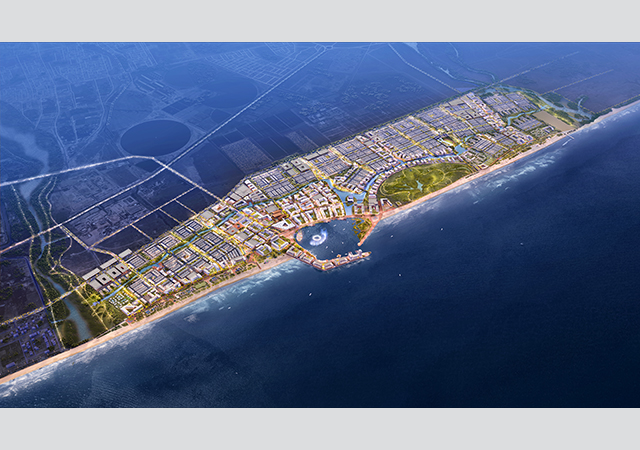


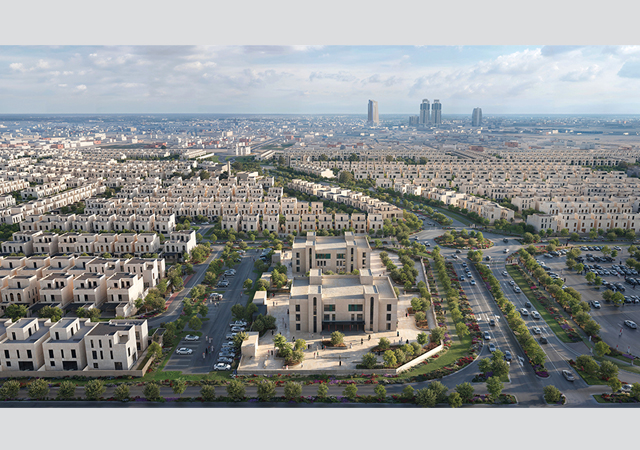
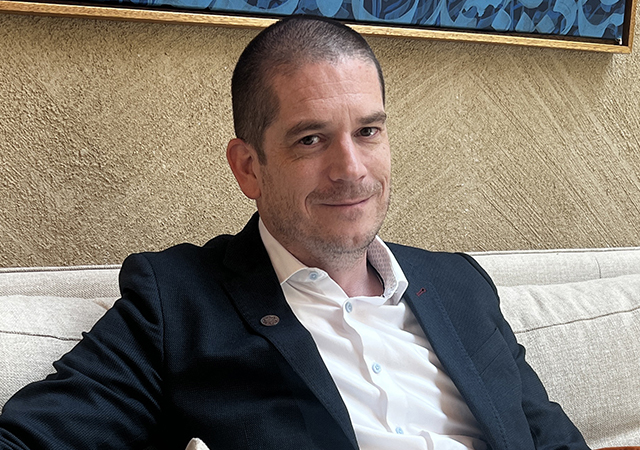

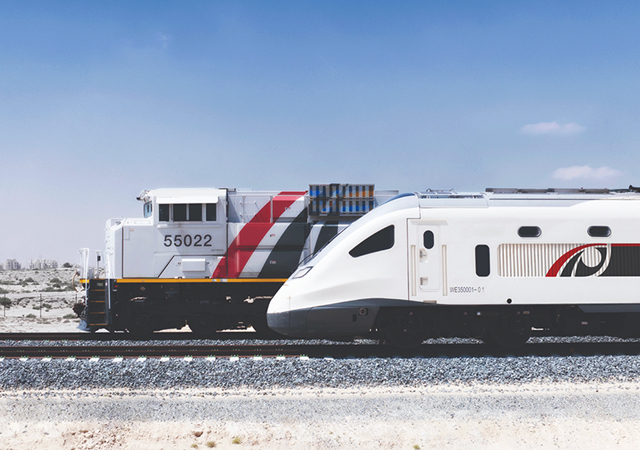
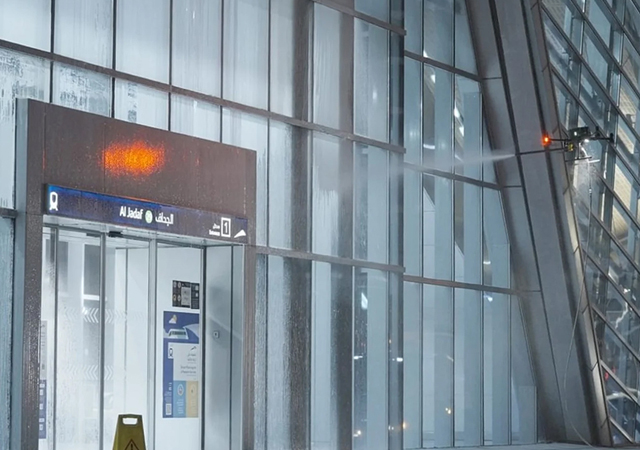
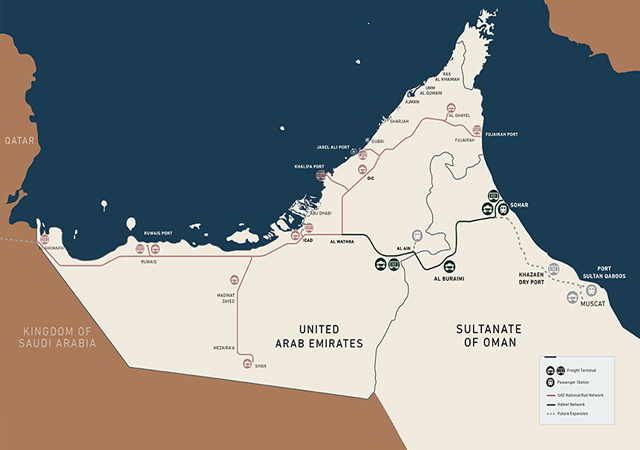
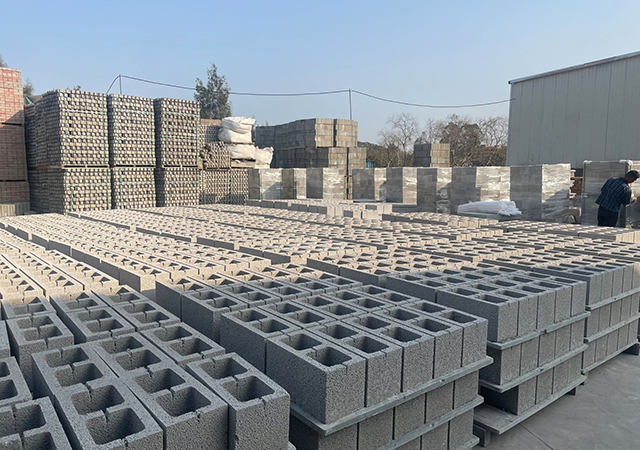


.jpg)
.jpg)
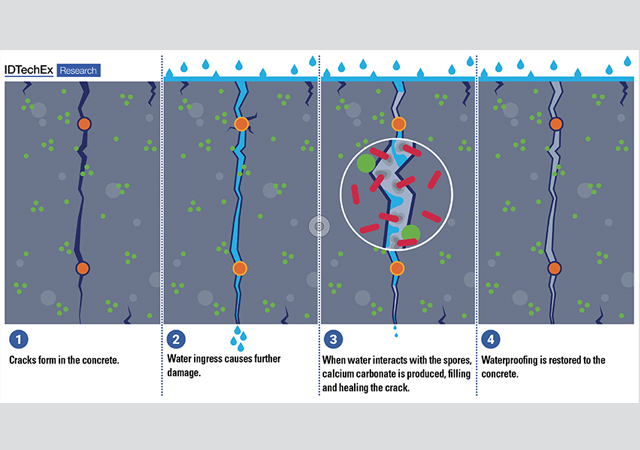
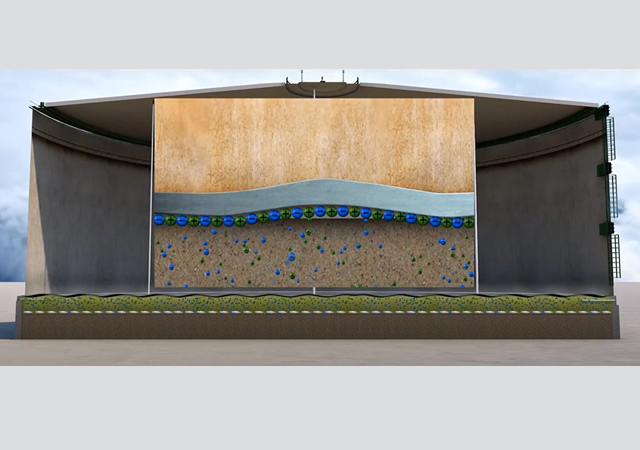
.jpg)
.jpg)
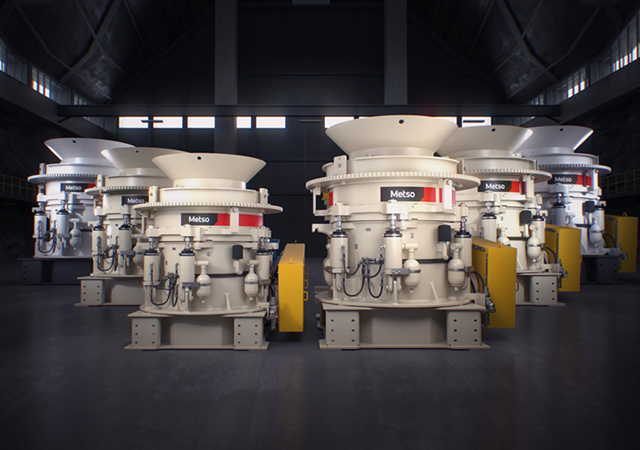
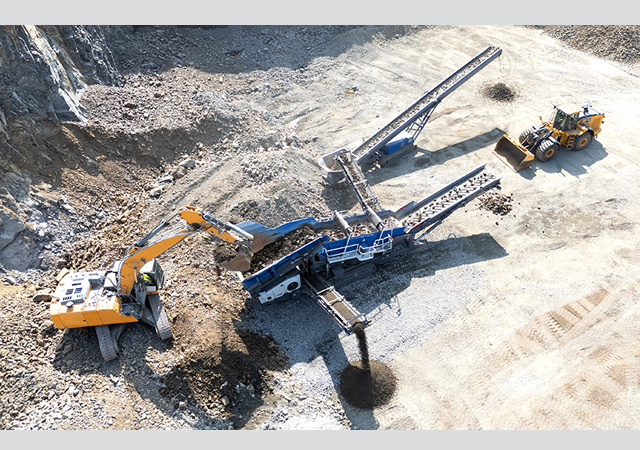
.jpg)
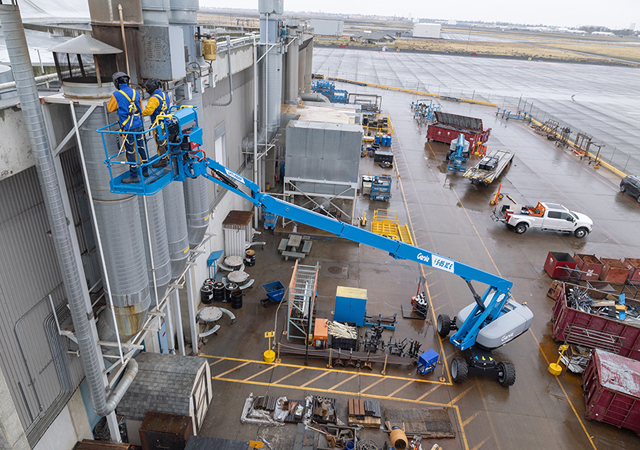

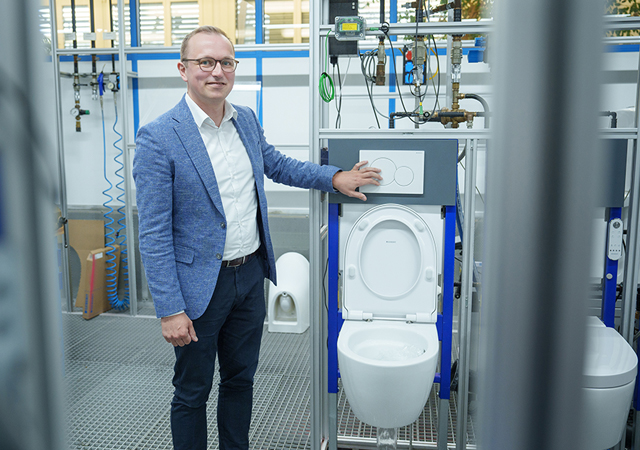

 Doka.jpg)
